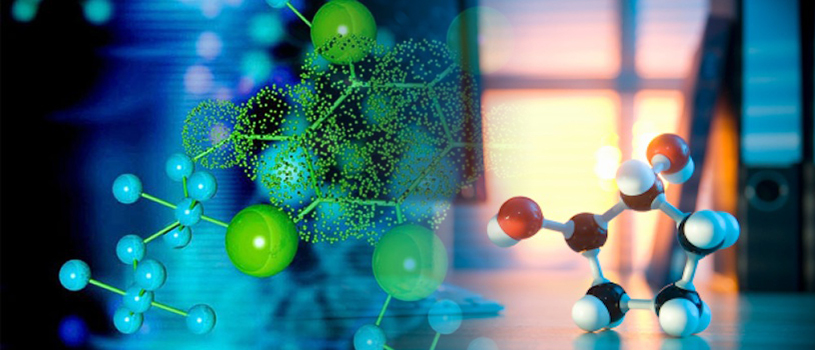
Less than a year after the world's largest X-ray laser launched in Germany it's showing promise for medical research. Researchers have published the first results: three-dimensional images of protein molecules.

Scientists have used a powerful X-ray laser for an experimental set-up that produced an exotic state of water. Researchers hope to learn more about the peculiar characteristics of Earth's most important liquid.

Scientists have shortened X-ray pulses so dramatically that they can watch electrons move at a glacial pace.

One of the world’s fastest detectors, capable of capturing images in billionths of a second, has been developed by the UK for use at the world’s largest X-ray laser, the European XFEL.

Scientists say the ability to make images of individual molecules "marks the beginning a new era of research in Europe".

Researchers working at the US Department of Energy